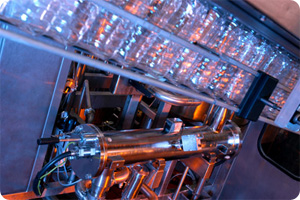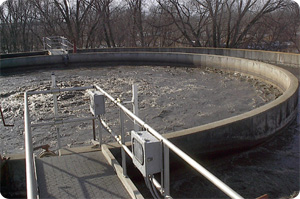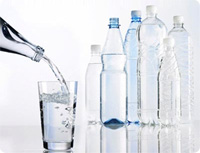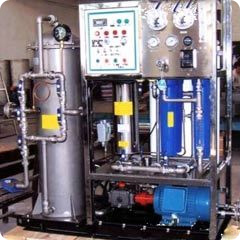Waste Water Treatment
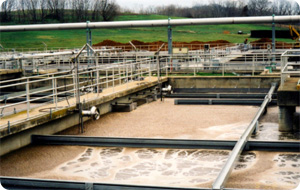
Waste Water Treatment
Wastewater treatment is a process, wherein the contaminants are removed from wastewater as well as household sewage, to produce waste stream or solid waste suitable for discharge or reuse. Wastewater treatment methods are categorized into three sub-divisions, physical, chemical and biological.
Physical Water Treatment
In physical water treatment method, physical processes are used to treat the wastewater. Use of gross chemicals or executing biological changes is strictly avoided. A prominent physical water treatment method is sedimentation, wherein coarse screening of waste water is done to remove contaminating objects after allowing them to settle at the base. Once the contaminants have settled, the cleared effluent or waste stream is removed. Sedimentation is one of the most common methods, quite often used at the beginning and the end of many water treating processes. Aeration is another physical water treatment method used, wherein air is added to the wastewater physically to provide oxygen to it. In yet another method known as filtration, sewage is passed through filters to separate the contaminating solids from the water. Sand filter is a common filter used in this process. In a number of wastewater treatment methods, semi-solid contaminants like grease and oil are allowed to float on the surface of the water, and then they are physically removed.
Chemical Water Treatment
Chemicals are used to treat wastewater in chemical water treatment. The most common method to treat water using chemicals is chlorination, wherein chlorine, a strong oxidizing chemical is used to kill the bacteria which lead to decomposition of water. Ozone, an oxidizing disinfectant, is another oxidizing agent used to treat polluted water. These oxidizing agents affect the biological growth process of bacteria, thus making the water usable. A chemical process called neutralization is commonly used in industrial wastewater treatment. In this process, acid or base is added to the water to adjust its pH value back to neutral level. A common base used in this process is lime, which is mostly used to neutralize acid wastes. Polyvalent metals, metals having more than one valence, are very often used as coagulating chemicals in sewage treatment. Lime, iron containing compounds like ferric sulfate, aluminum sulfate are some commonly used coagulants. There are a few water treatment processes which can be categorized as physical as well as chemical. The best example is the use of carbon, which adsorbs contaminants to clean the water.
Biological Water Treatment
In the biological water treatment process, microorganisms such as bacteria are used to biochemically decompose the wastewater and stabilize the end product. Biological water treatment method is divided into two sub-divisions, aerobic and anaerobic. In the aerobic process, bacteria consumes the organic matter and helps convert it to carbon dioxide in the presence of oxygen, while in the anaerobic process, sludge is fermented at a particular temperature in the absence of oxygen. Composting is yet another aerobic process, wherein the sludge is mixed with carbon sources such as sawdust to treat wastewater.
Send Enquiry
